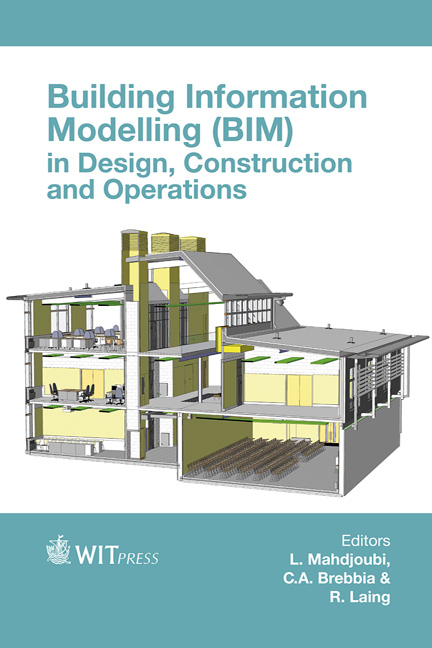Streamlining Building Information Model Creation Using Agile Project Management
Price
Free (open access)
Transaction
Volume
149
Pages
12
Page Range
229 - 240
Published
2015
Size
2,072 kb
Paper DOI
10.2495/BIM150201
Copyright
WIT Press
Author(s)
S. Suresh Kumar, J. J. McArthur
Abstract
Building Information Modelling (BIM) offers tremendous advantages to multidisciplinary teams from a coordination standpoint throughout the project lifecycle. That said, there are potential pitfalls with the use of BIM if coordination and communication between the disciplines is not properly managed, resulting in rework and inefficiencies in delivery. Agile project management techniques, widely adopted within the software industry to allow incremental development of products, have great potential for application to BIM model development throughout the project lifecycle. These techniques focus on simple and regular communication between core project members and stakeholders, regular priority identification to set the goals for the next phase (“Sprint”) and incremental product development. Applied to BIM model development, these techniques provide a framework for multi-disciplinary coordination and interface management and reduce re-design and abortive effort from miscommunication and poor task sequencing.
This paper presents two case studies to demonstrate the effectiveness of this approach. In the first, an Architectural BIM model was created at schematic design and these techniques were used to guide the development of the design and the associated BIM model. In the second, a BIM model was created during the operational phase of a building to consolidate the data from a variety of facilities management and operations systems (maintenance, asset management, health and safety, sustainability and space planning). In each, the various stakeholders are consulted to set priorities for model development, which are incrementally implemented. These case studies demonstrate the benefits of using an Agile approach to BIM and inform the framework presented in this paper.
Keywords
BIM, Agile project management, multi-disciplinary design





